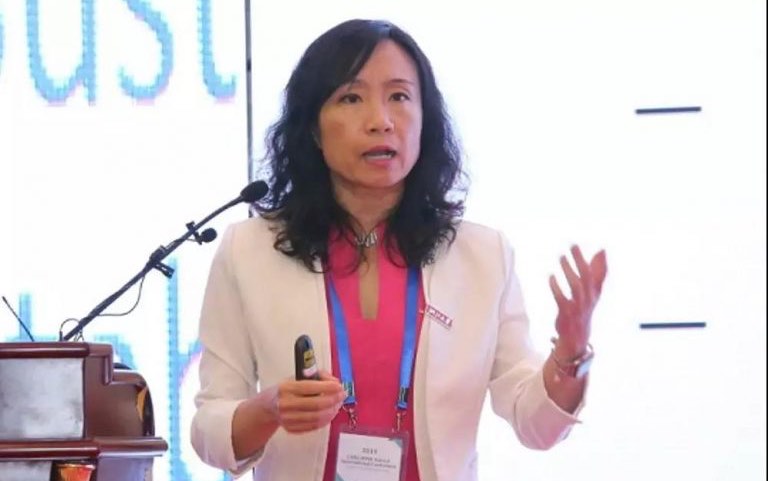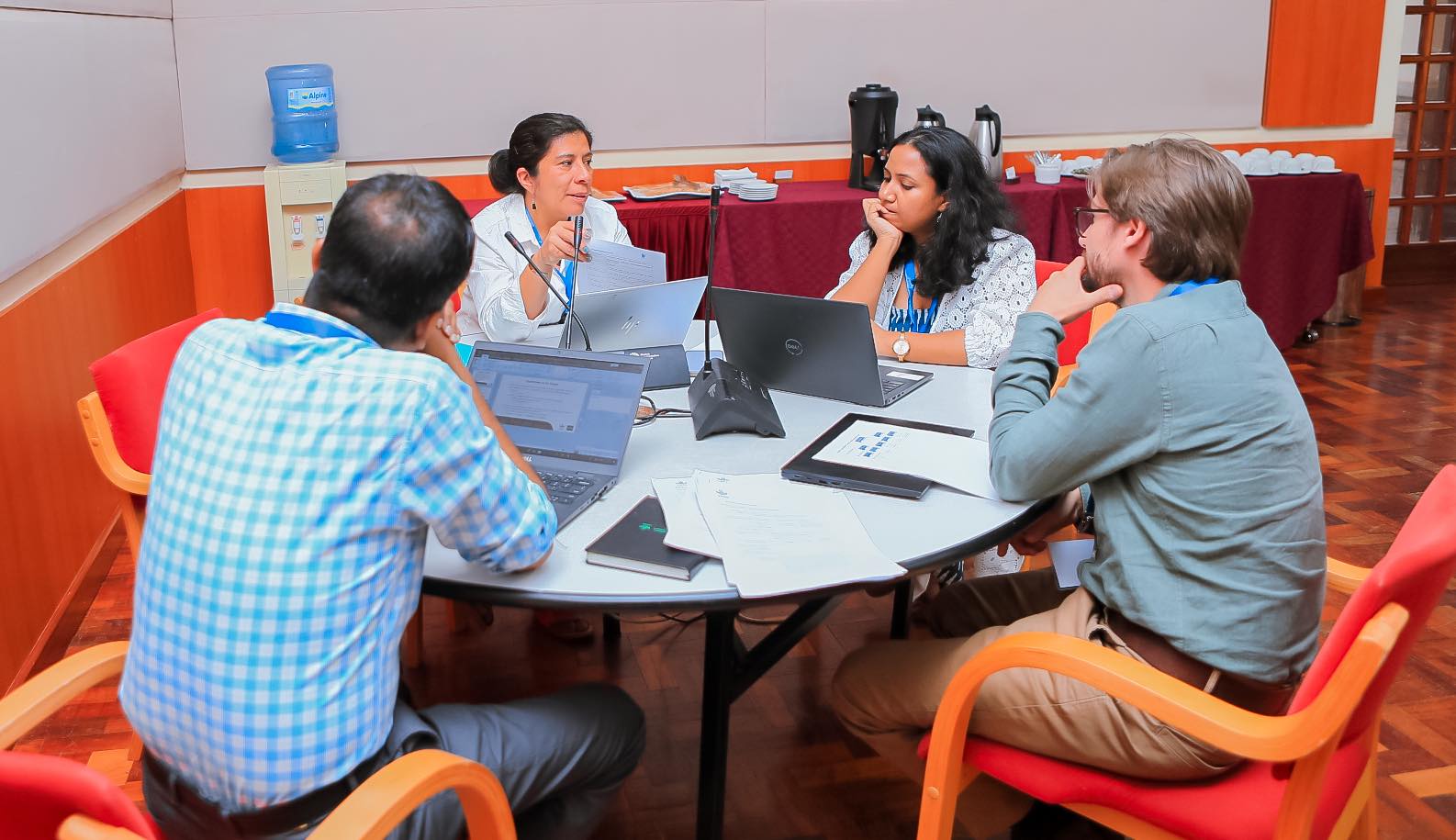Over the past seven decades, agricultural production has grown fast in China. According to a white paper on food security just released by the State Council Information Office, China’s annual per capita food production is about 470 kilograms, above the global average; China also supplies 95% of its own grain. China now produces enough food to feed its nearly 1.4 billion people, a remarkable achievement in agricultural-food development.
However, China still faces pressures from undernutrition, micronutrient deficiency, and overnutrition (overweight and obesity). To address these challenges, the country needs to reshape its agri-food system, shifting the emphasis from ensuring food supply to providing healthy and nutritious foods.
What are the best approaches to transforming China’s food system? This topic was at the center of the 11th CAER-IFPRI Annual International Conference Oct. 17-19, co-organized by IFPRI, Zhejiang University, China Agricultural Economic Review (CAER), and China Agricultural University, with the theme Quality-Driven Development in China’s Food System: Challenges and Solutions. The conference attracted more than 150 participants from 13 countries to discuss the pathways to a sustainable, healthy, nutritious food system in China.
Value chain development
Value chains are one frame for examining and transforming the food system to achieve improved nutritional goals. A study in Asia describes a “quiet revolution” in which growing markets linking urban and rural areas are speeding value chain transformation. Policies should encourage smooth-running markets and engage the private sector to support production and consumption of high-quality nutritious foods, the study says.
“Quality and food safety standards and value chain development are key sources of agricultural growth and technology spillovers, especially when global agricultural and food trade is undergoing rapid changes,” said Johan Swinnen, Professor of Economics and Director of the LICOS Centre for Institutions & Economic Performance at the University of Leuven and incoming IFPRI Director General (starting Jan. 2020). “Value chains have become a fundamental component of economic growth in developing countries and could increase rural incomes and reduce poverty.”
Value chain development should target marginalized groups such as smallholders. Although the inclusion of smallholder producers in export chains through contract-farming schemes varies across sectors and countries, Swinnen said, inclusive value chain development can bring them significant benefits.
Open markets
A quality-driven food system should be able to cope with disruptions and challenges in the agricultural sector. Purdue Agricultural Economics Professor Holly Wang underlined the major role of markets. Taking the recent African swine fever outbreak in China as an example, she urged the government to focus on enhancing the legal system in biosafety control and public service in prevention and mitigation, to remove trade barriers, and to allow the market to cope with the pork shortage and rising pork prices without overreacting.
Open markets have also eased uncertainties during the U.S.-China trade conflict and ongoing negotiations, Wang said. Diversification of import sourcing countries, stronger intellectual property protection, and other open market changes can increase the global competitiveness of China’s agricultural products, she concluded.
Promoting policy reform
Taxes and subsidies should also encourage healthy and sustainable diets, an issue addressed in the 2019 EAT-Lancet Report. Price policies should have a role in encouraging a quality driven food system. There is clear evidence showing that nutrition taxes and subsidies can shift consumption patterns, according to Timothy Beatty, professor of Agricultural and Resource Economics at the University of California, Davis, who presented several case studies. Although the causal pathways by which nutrition taxes shift diets are less clear, he said, the shifts are consistent with healthier diets. However, this is not universally true, he said, especially in the case of sugar-sweetened beverages. Individuals and firms might choose avoidance behaviors to respond a sales tax, he said—for instance, some people in Philadelphia avoided the that city’s sugar tax by crossing the border to purchase sugary drinks.
Advancing technologies and capacity building
Investing in technologies and human capital is also crucial to building a quality-oriented food system. Disruptive technologies can significantly contribute to food system transformation, said Maximo Torero, FAO Chief Economist and Assistant Director General of Economic and Social Development. Robots and artificial intelligence have improved farmland management, Torero said—for instance, the adoption of drones has increased the efficiency and effectiveness of pest control. Emerging “smart cities,” which use information and communication technologies to make better decisions and improve efficiency, have brought many environmental benefits too. In addition, he said, technologies such as gene-editing, biofortification, personalized nutrition, and alternative proteins, can contribute to food security and nutrition.
Education is also essential to build capacity for a quality-driven food system, Torero said. For example, training farmers on the use of modern machinery can help reduce grain harvest loss. Supporting capacity building on nutrition at different levels, from universities to government agencies to local communities, will also change people’s behavior. “Human capital plays a crucial role and it takes time,” Torero said.
Donghe Li is a Communications Assistant with IFPRI’s East and Central Asia Office in Beijing.
China Agricultural Economic Review (CAER) is an academic journal published by Emerald in association with China Agricultural University (CAU) and the Chinese Association of Agricultural Economists (CAAE). It is one of the two Social Sciences Citation Index (SSCI) indexed economics journals published in China.
The CAER-IFPRI Annual International Conference is an annual academic exchange for leading experts and scholars in the area of agricultural economics and rural development. It was first launched by IFPRI and China Agricultural Economic Review (CAER) in 2009. CAER and IFPRI connects with local universities to co-organize the events each year. The main purpose of the conference is to convene high-level meetings and academic discussions among provincial, national, and international professionals under specific themes.







